 Cold weather can turn even the most inviting kitchen into an uncomfortable space. When temperatures drop, the heart of the home loses its warmth, affecting both comfort and how food cooks. A chilly kitchen can make dough rise slower, cool food too quickly, and dampen the joy of preparing family meals. But with reliable heating, every dish feels like comfort food again.
Cold weather can turn even the most inviting kitchen into an uncomfortable space. When temperatures drop, the heart of the home loses its warmth, affecting both comfort and how food cooks. A chilly kitchen can make dough rise slower, cool food too quickly, and dampen the joy of preparing family meals. But with reliable heating, every dish feels like comfort food again.
Many homeowners don’t realize that a properly working furnace does more than heat the air, it helps maintain an ideal cooking environment. A timely furnace replacement ensures that your kitchen stays warm, your ingredients stay fresh, and your family enjoys every meal in comfort. When the heating system works efficiently, the difference is noticeable in both how you cook and how you feel.
Comfort That Inspires Better Cooking
Warm air, warm food, warm hearts—that’s the power of a well-timed furnace replacement.
Cooking is a sensory experience, and temperature plays a big role in that. Imagine baking bread when the kitchen is freezing. The yeast doesn’t rise properly, and the crust turns out dense instead of crisp. Now imagine a comfortably heated space, where warmth wraps around you as you stir soup or knead dough. The right temperature helps everything, from timing to texture, come together perfectly.
Chefs often say that a warm kitchen feels alive. It’s true. Warmth encourages creativity and focus. When your body is comfortable, your hands move more easily, and your attention stays on flavor and technique, not on staying warm. That’s why maintaining steady heat through efficient furnace systems is essential, especially during long winter cooking sessions.
Energy Efficiency Meets Culinary Efficiency
Old furnaces lose heat, waste energy, and struggle to maintain consistent temperatures. That inconsistency can make ovens work harder and alter how food cooks. For instance, fluctuating room temperatures can affect how a soufflé rises or how evenly a roast cooks. Replacing an outdated furnace ensures that heat flows evenly, reducing stress on your other appliances.
Modern furnace systems are built for both comfort and efficiency. They distribute heat more effectively, which keeps the kitchen’s ambient temperature stable. This also means lower utility bills and less strain on your stove or oven, both of which perform better in a well-regulated environment.
Creating a Welcoming Space for Family and Friends
Beyond cooking performance, a warm kitchen creates emotional comfort. Winter often brings people together around food, whether it’s a pot of chili simmering on the stove or cookies baking on a weekend afternoon. A cozy environment makes gatherings enjoyable and encourages people to linger a little longer.
When a home’s heating system functions efficiently, the warmth extends beyond temperature. It adds to the feeling of hospitality. Guests notice when a space feels inviting. That’s why many homeowners invest in upgraded heating before the holidays, ensuring that every corner of their kitchen radiates comfort and cheer.
Simple Clues That It’s Time for a Replacement
If your kitchen feels unevenly heated or your energy bills keep rising, your furnace might be signaling it’s time for change. Common signs include strange noises, frequent repairs, or uneven warmth between rooms. These issues affect not just comfort but also the overall quality of your cooking experience.
- Uneven temperatures: Cold spots or drafts mean the furnace is struggling.
- Higher bills: Older systems use more energy to produce less heat.
- Strange sounds: Rattling or humming indicates mechanical wear.
- Age: Units over 15 years old often lose efficiency.
Upgrading to a newer system prevents these issues and gives you consistent warmth all winter long. The comfort payoff is instant. Once the system is replaced, you’ll notice your kitchen feels evenly heated, your appliances perform better, and your meals stay warmer longer.
READ ALSO: When the Kitchen Goes Cold: Appliance Repair and the Heart of Home Cooking
Cooking with Warmth, Living with Ease
Replacing an aging furnace is more than a maintenance task, it’s an investment in your lifestyle. The kitchen becomes a true gathering place again, filled with warmth, laughter, and the aromas of good food. Consistent heating supports every recipe, from delicate pastries to hearty winter stews.
When you choose a furnace replacement, you’re ensuring that every meal feels like home. A well-heated kitchen keeps you inspired, your family comfortable, and your cooking effortless throughout the cold season. As temperatures fall, warmth remains your secret ingredient for better meals and happier moments.

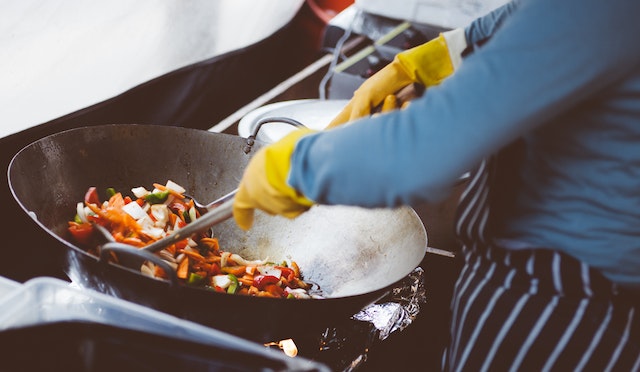


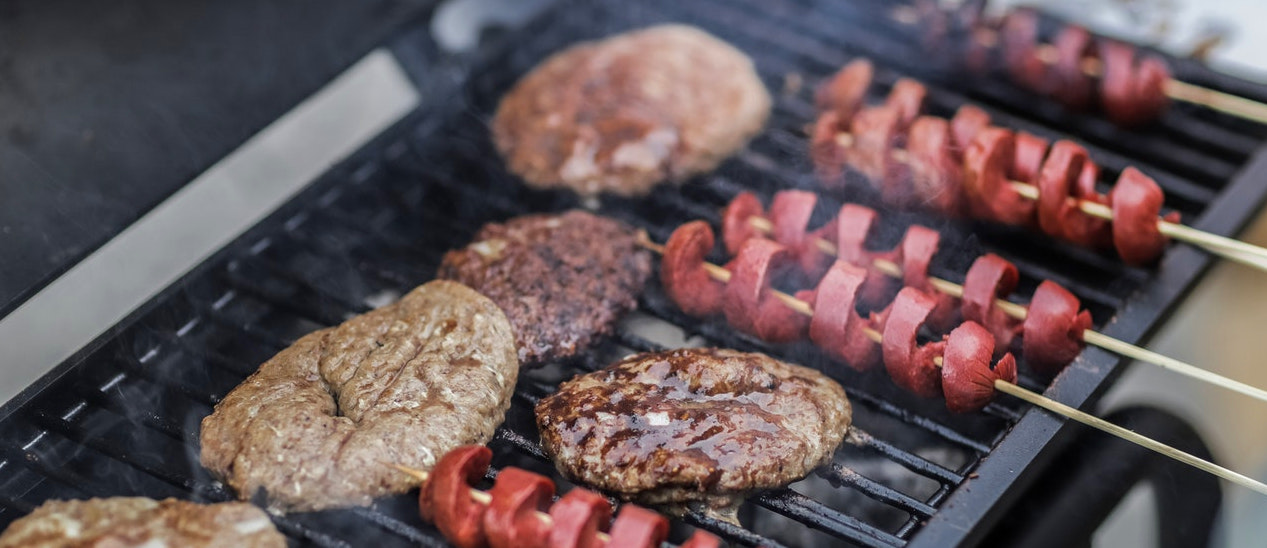
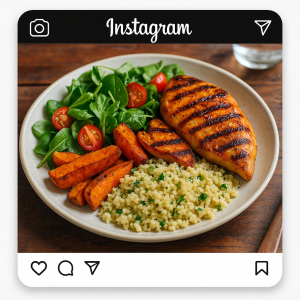 Instagram is a visual-first platform, and when it comes to food, looks can be just as important as taste. A beautifully plated dish doesn’t just make mouths water—it stops thumbs from scrolling. Whether you’re a chef, a food blogger, or someone exploring growth bundles to boost your reach, knowing a few plating tricks can make your posts stand out and drive more engagement.
Instagram is a visual-first platform, and when it comes to food, looks can be just as important as taste. A beautifully plated dish doesn’t just make mouths water—it stops thumbs from scrolling. Whether you’re a chef, a food blogger, or someone exploring growth bundles to boost your reach, knowing a few plating tricks can make your posts stand out and drive more engagement.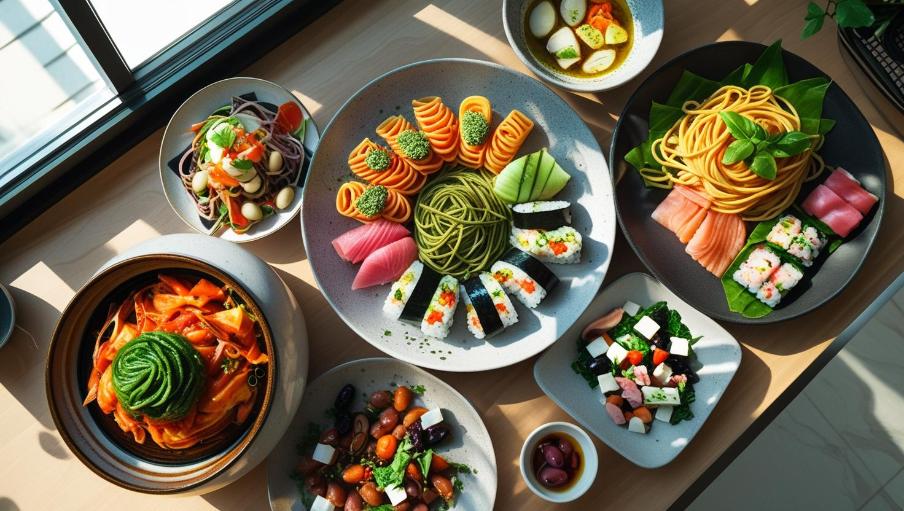
 Dining chairs often bear the brunt of everyday spills, crumbs, and stains. Whether it’s a splash of red wine or an accidental food spill, keeping your chairs clean requires a mix of prevention and timely action. Upholstered dining chairs, in particular, need extra care to maintain their beauty and longevity.
Dining chairs often bear the brunt of everyday spills, crumbs, and stains. Whether it’s a splash of red wine or an accidental food spill, keeping your chairs clean requires a mix of prevention and timely action. Upholstered dining chairs, in particular, need extra care to maintain their beauty and longevity. Food trucks rely on mobility, and a set of high-quality wheels is essential for getting from one location to the next without trouble. The right wheels not only ensure smooth travel but also enhance the overall look of your food truck. Wheels and rims are important not just for performance but also for showcasing your food truck’s personality. Selecting durable wheels is the first step to ensuring your mobile kitchen is ready to hit the road.
Food trucks rely on mobility, and a set of high-quality wheels is essential for getting from one location to the next without trouble. The right wheels not only ensure smooth travel but also enhance the overall look of your food truck. Wheels and rims are important not just for performance but also for showcasing your food truck’s personality. Selecting durable wheels is the first step to ensuring your mobile kitchen is ready to hit the road.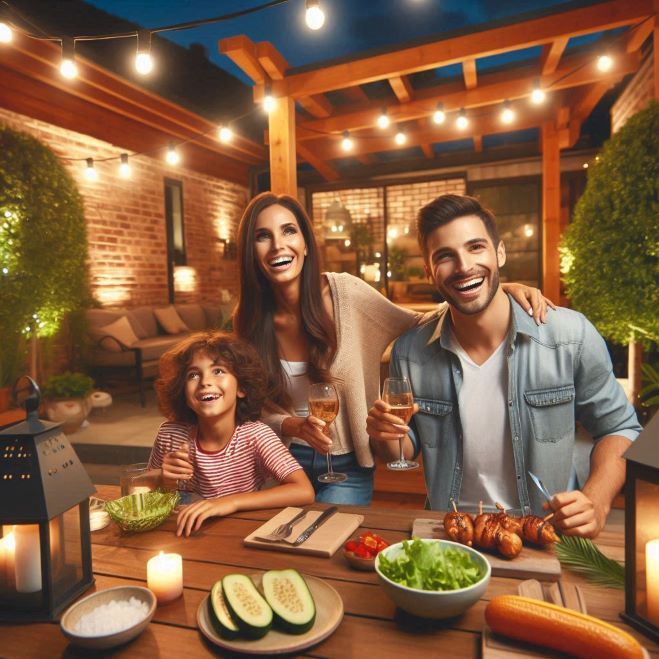

 On the subject of food, sushi is one dish that famously identifies Japan and is regarded as an art. While it may look easy to prepare, skill and artistry goes into making great sushi. Hence, sushi
On the subject of food, sushi is one dish that famously identifies Japan and is regarded as an art. While it may look easy to prepare, skill and artistry goes into making great sushi. Hence, sushi  “Sushi” in Japanese means “it’s sour.” This gives a picture of the origins of sushi being preserved using salt. Sushi would then refer to the specially cooked and prepared rice used to make the dish. Basically, the rice is cooked with vinegar. To make sushi, it can include different types of fish, either raw or cooked, or other types of seafood, and some vegetables. Wasabi, soy sauce, and pickled ginger are the usual side garnishes that go together with sushi.
“Sushi” in Japanese means “it’s sour.” This gives a picture of the origins of sushi being preserved using salt. Sushi would then refer to the specially cooked and prepared rice used to make the dish. Basically, the rice is cooked with vinegar. To make sushi, it can include different types of fish, either raw or cooked, or other types of seafood, and some vegetables. Wasabi, soy sauce, and pickled ginger are the usual side garnishes that go together with sushi. NIGIRI
NIGIRI MAKI
MAKI Perhaps it is time to wipe the dust off your marketing plan and take a look at the current marketing trends to get your restaurant up to speed. If you already have a website and a fan page on Facebook or Twitter & Co., this is a good start.
Perhaps it is time to wipe the dust off your marketing plan and take a look at the current marketing trends to get your restaurant up to speed. If you already have a website and a fan page on Facebook or Twitter & Co., this is a good start.
 The kitchen
The kitchen




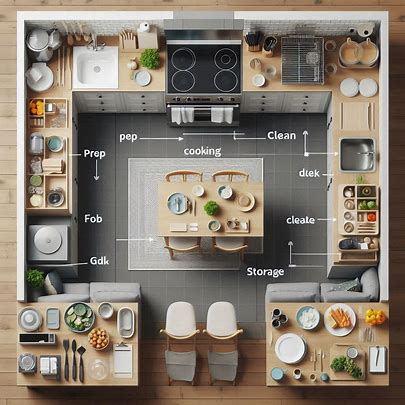


 Meritking, the nascent online sports news platform, recently posted an article naming the top 20 football teams listed by the IFFHS based on past year’s performance. IFFHS by the way stands for the International Federation of Football History and Statistics.
Meritking, the nascent online sports news platform, recently posted an article naming the top 20 football teams listed by the IFFHS based on past year’s performance. IFFHS by the way stands for the International Federation of Football History and Statistics.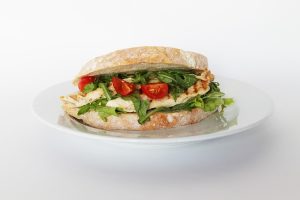 Real Madrid – Ranked No. 1
Real Madrid – Ranked No. 1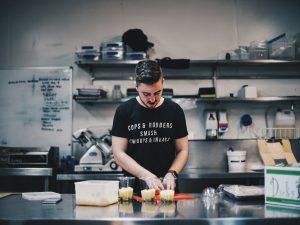




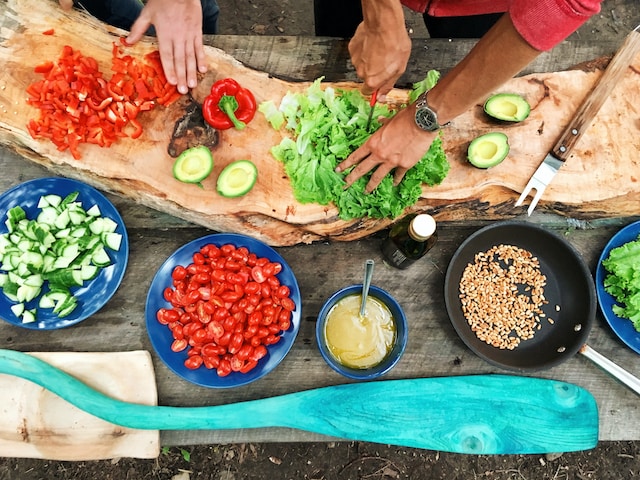
 Germany is renowned for its rich culture, beautiful landscapes, and delicious cuisine. While there are many ways to explore the country, traveling by train offers a unique and convenient way to experience the culinary delights of Germany. Germany’s food scene is diverse and delicious from hearty sausages and sauerkraut to mouth-watering pastries and local wines. We’ll give you a comprehensive overview of the best train routes and auskunft bahn for a gastronomic exploration of Germany. We also highlight the regional specialties that you should definitely try along the way.
Germany is renowned for its rich culture, beautiful landscapes, and delicious cuisine. While there are many ways to explore the country, traveling by train offers a unique and convenient way to experience the culinary delights of Germany. Germany’s food scene is diverse and delicious from hearty sausages and sauerkraut to mouth-watering pastries and local wines. We’ll give you a comprehensive overview of the best train routes and auskunft bahn for a gastronomic exploration of Germany. We also highlight the regional specialties that you should definitely try along the way.



 The food industry is a great place to start a career. There are many options regarding the type of food you want to cook and the type of restaurant or catering company you want to work for. This post will briefly cover how to find jobs in the food industry today and what employers look for in their employees.
The food industry is a great place to start a career. There are many options regarding the type of food you want to cook and the type of restaurant or catering company you want to work for. This post will briefly cover how to find jobs in the food industry today and what employers look for in their employees.



